ISO 9001:2015 Clause 5.3: Leadership, Responsibilities & Authorities - A Comprehensive Guide
Introduction
Clause 5.3 of ISO 9001:2015 – Organizational Roles, Responsibilities, and Authorities requires top management to clearly assign, communicate, and ensure understanding of responsibilities within the organization. This ensures that the quality management system (QMS) is effectively maintained, processes deliver intended results, and customer focus is promoted at all levels. Responsibilities may be defined through job descriptions, training, procedures, or simple organizational charts. With Maxicert’s expertise in ISO certification support, organizations can confidently implement these requirements, avoiding confusion, ensuring accountability, and maintaining system integrity even during organizational changes.
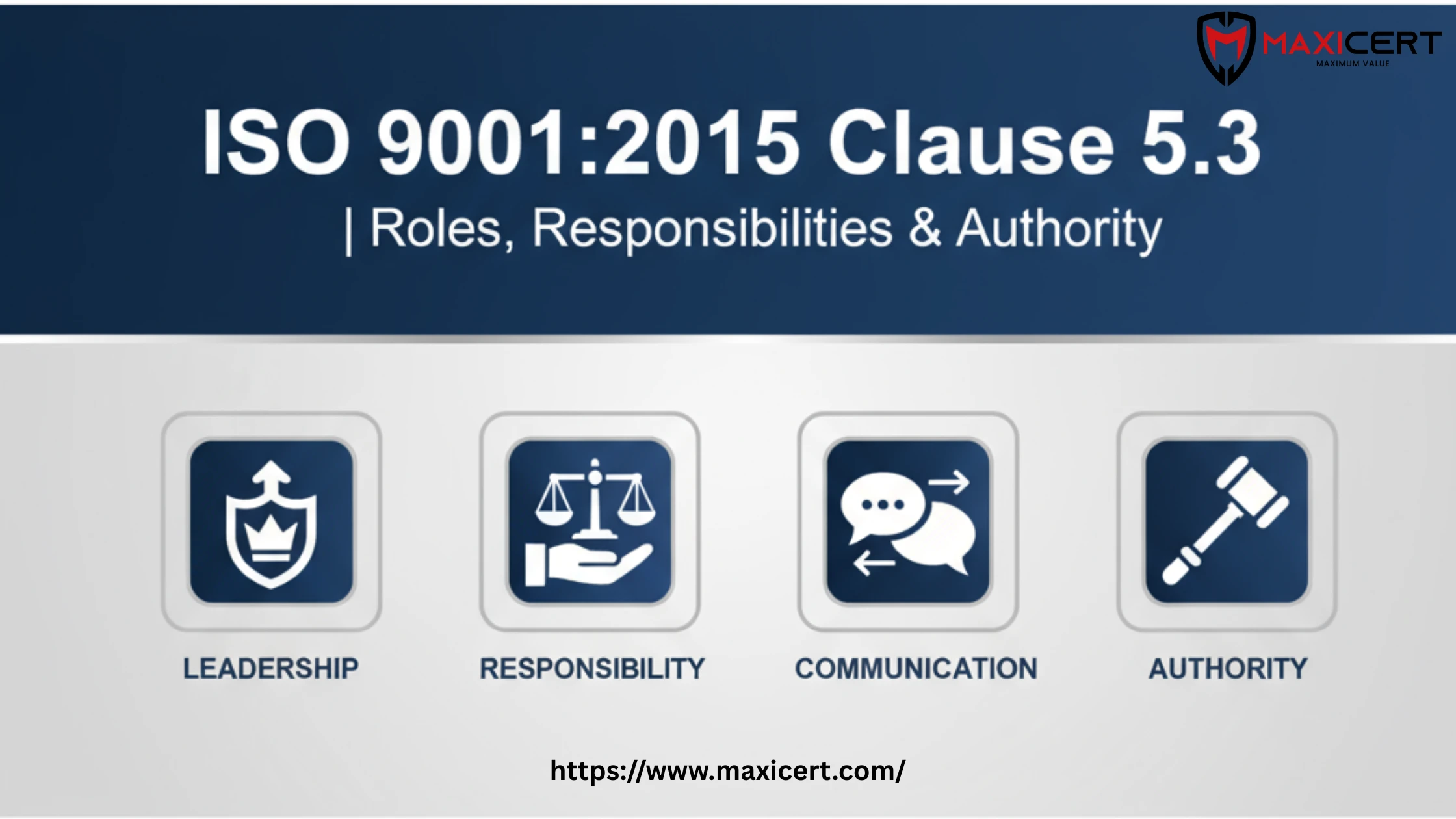
5.3 Organizational roles, responsibilities and authorities
Top management shall ensure that the responsibilities and authorities for relevant roles are assigned, communicated and understood within the organization.
Top management shall assign the responsibility and authority for:
- ensuring that the quality management system conforms to the requirements of this International Standard;
- ensuring that the processes are delivering their intended outputs
- reporting on the performance of the quality management system and on opportunities for improvement (see 10.1), in particular to top management;
- ensuring the promotion of customer focus throughout the organization;
- ensuring that the integrity of the quality management system is maintained when changes to the quality management system are planned and implemented.
responsibility and authority for the implementation of the MS requirements to relevant roles within
Top management is accountable for these responsibilities and authorities being assigned and communicated to the respective persons performing those roles.
To ensure effective operation of the quality management system as a system of interacting processes, the top management should define, assign and communicate authorities and responsibilities to personnel performing Purposes of these actions are stated in paragraphs from a) to e) relevant functions/operations/roles in relevant processes. of this clause (5.3) of the standard. It is very important for the organization to ensure a balance between authorities and responsibilities.
While there’s no requirement for a specific organizational level to be in charge of these responsibilities, it’s crucial that the authority is genuinely recognized and respected within the organization. If issues arise, such as a process not delivering its intended output, a root cause analysis should include a look at whether the person in that role had sufficient authority to get the job done. The standard doesn’t require documented information for this clause, giving organizations the flexibility to choose a method that works for them, whether it’s through job descriptions, training, or even simple verbal instructions.
ISO 9001:2015 Clause Guide Panel
- Clause 1
- Clause 2
- Clause 3
- Clause 4 – Sub-clause 1
- Clause 4 – Sub-clause 2
- Clause 5 – Sub-clause 1
- Clause 5 – Sub-clause 2
- Clause 5 – Sub-clause 3
- Clause 6 – Sub-clause 1
- Clause 6 – Sub-clause 2
- Clause 7 – Sub-clause 1
- Clause 7 – Sub-clause 2
- Clause 7 – Sub-clause 3
- Clause 7 – Sub-clause 4
- Clause 8 – Sub-clause 1
- Clause 8 – Sub-clause 2
- Clause 8 – Sub-clause 3
- Clause 8 – Sub-clause 4
- Clause 8 – Sub-clause 5
- Clause 8 – Sub-clause 6
- Clause 8 – Sub-clause 7
- Clause 8 – Sub-clause 8
- Clause 8 – Sub-clause 9
- Clause 8 – Sub-clause 10
- Clause 8 – Sub-clause 11
- Clause 8 – Sub-clause 12
- Clause 9 – Sub-clause 1
- Clause 9 – Sub-clause 2
- Clause 9 – Sub-clause 3
- Clause 9 – Sub-clause 4
- Clause 10
There is no documented information requirement in this clause, so the organization can select a method of definition, assignment and communication of authorities and responsibilities, for example by:
Top management needs to ensure that everyone knows what they are expected to do (responsibilities), what they are allowed to do (authorities), and that they understand how these responsibilities and authorities relate to each other.
The description of responsibilities and authorities should not leave any ambiguities where there is interaction between people. The Organization need to make sure that everyone knows where their responsibility (and authority) ends and another person’s starts. In this way the Organization should try to avoid confusion over who does what.
The descriptions do not have to be elaborate or complex. It is important that the descriptions clearly reflect the real life situation and allow for flexibility.
If the Organization needs to detail the responsibilities and authorities, a job description or a simple organization chart might be sufficient. Alternatively, the responsibilities and authorities might be included in the Organization’s process documents or documented procedures. Other methods which suit the Organization’s way of working could be equally satisfactory, provided that the responsibilities and authorities are communicated to and understood by those involved.
In a small Organization, as there are a limited number of people available to carry out the tasks required in this clause, there will frequently be a need to plan for sharing duties and responsibilities and for people to be able to do each other’s jobs, for example during holidays, when managers are away from the facility or in cases of accident or illness. (cross-training)
The importance of clear communication cannot be overstated. When responsibilities and authorities are not only assigned but also genuinely understood, it prevents a “not my job” mentality. It encourages individuals to take ownership and feel empowered to make decisions within their defined scope. This sense of accountability and clarity is fundamental to building a robust quality culture, where everyone contributes to the system’s effectiveness and continuous improvement.
Conclusion
ISO 9001:2015 Clause 5.3 emphasizes the importance of clearly defining and communicating organizational roles, responsibilities, and authorities to ensure an effective Quality Management System (QMS). By assigning accountability, avoiding overlaps, and maintaining balance between authority and responsibility, organizations can strengthen their processes, improve customer focus, and sustain system integrity even during changes. With Maxicert as a trusted partner, businesses can establish this clarity through structured guidance, documentation, and training support, ultimately building a culture of responsibility and continuous improvement.
Free 60–90 day implementation plan available after consultation.
Client Testimonials
What Our Clients Say About Us?
We are trusted by thousands of clients belonging from technology, manufacturing, healthcare and various sectors
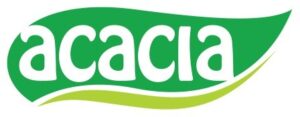

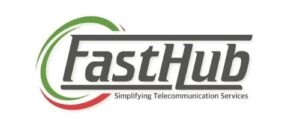

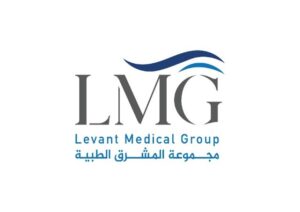


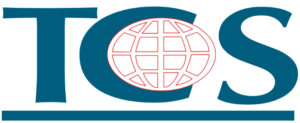
Our overall experience with Maxicert was satisfied. The audit and consulting part was handled carefully, we fulfilled our client requirement of ISO 27001 hassle free.
Kevin Santiago BDM – Clarks Outsourcing, PhilippinesTimely response and knowledge of ISO standards can be seen together in the team of Maxicert, we grow because of the service providers like Maxicert.
Samuel Christopher Quality Assurance Head – OEQA, NigeriaWe did Food safety certification with Maxicert, the service was extraordinary and their consultant had good experience of the subject.
Mr. Venkatesh Production Manager - Acacia Foods and Beverages, ZambiaWe engaged a consultant of Maxicert for our business certification, we now have a well-designed and organized department procedures and we rectify our errors through internal audits regularly.
Abdullah Al Rayes Managing Director – TCS, BahrainTechnical expertise by the team of Maxicert helped us achieving our ISO 13485 certificates, we now proudly say that we have achieved our target, all thanks to the team.
Nady Boustany CEO – LMG, IraqMaxiCert's approach to meet our needs proved instrumental in facilitating a seamless transition throughout the entire ISO certification process for us. Their training sessions are so much helpful.
Ms. Latifa Al Salem Investor portfolio – Ministry of Investment, Saudi ArabiaMaxicert is a one stop solution, we got trainings, documents, audit and certification at one place, they facilitated everything.
Ms. Mariam Chaggama VP – Fasthub, TanzaniaFAQ
What does Clause 5.3 say about responsibilities in an organization?
Clause 5.3 says top management must clearly assign and communicate who is responsible for what so everyone knows their roles and helps keep the quality system working well.
Why is it important to balance responsibility and authority?
People should have enough authority to make decisions for their responsibilities. Without this balance, work can get stuck or mistakes happen because people can’t act when needed.
How can organizations show the roles and authorities clearly?
They can use simple job descriptions, organizational charts, training, or even verbal instructions. The main point is to make sure everyone understands their responsibilities and limits.
What happens if someone is away or unable to do their job?
In smaller companies, it’s common to cross-train people so others can step in and keep things running smoothly, even during absences or emergencies.






Their presence in Oman made us even better to accomplish our goal of achieving ISO certificates on time, we will definitely recommend their services.
Mr. Sailesh Mohanakrishnan Division Manager – Khimji Ramdas, Oman